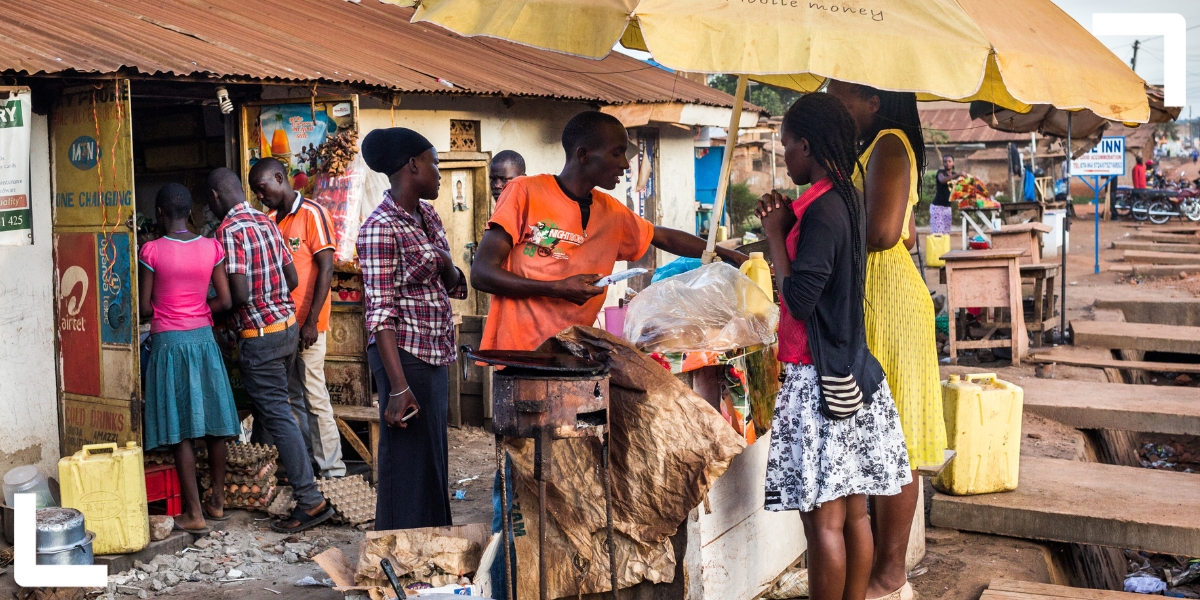ACRC has published a new report on factors impacting the uptake of healthy diets in five African cities: Bukavu, DRC; Freetown, Sierra Leone; Kampala, Uganda; Lilongwe, Malawi; and Nairobi, Kenya. The research explores how policymakers, consumers and key actors in urban food and health systems engage with the concept of healthy diets.
Global food insecurity has increased in the face of a series of crises and related price hikes. Undernutrition, being overweight and obesity are emerging forms of malnutrition with long-term implications for individuals and society. Although access to healthy diets is essential to health and wellbeing, policy debates and initiatives tend to focus on quantity rather than quality.
The food distribution system and increasingly privatised health system are highly profitable and controlled by powerful elites, leading to a profit-driven vicious cycle. Unhealthy diets – based on ultra-processed, nutrient-poor foodstuffs – are a major driver of ill-health, which in turn requires medical treatment. Meanwhile, small food vendors, who are a key provider of food for low-income urban residents, face neglect or harassment.
In this new ACRC working paper, the authors synthesise findings from studies undertaken by dedicated research teams across the five cities. While each city presents unique geographical, political and socioeconomic characteristics, they have all experienced rapid population growth. Large proportions of their residents live in informal settlements and are likely to be equally, if not more, food-insecure than their rural counterparts.
The findings contribute to knowledge on health, wellbeing and nutrition, especially in cities of low-income countries, and help inform wider debates and initiatives, as policymakers become increasingly aware of the crucial importance of health and nutrition for individual and societal wellbeing.
Methodology
The research focus of “healthy diets” was chosen because of its importance at the apex of food and health systems, and the relative lack of analyses bringing these two systems together in urban contexts. The study was co-designed by domain- and city-level researchers, with overall focus and research questions agreed across all five cities, whilst each city research team explored context-specific issues.
The conceptual framing of the research focused on the following factors:
- The central problem – a vicious cycle of malnutrition and poor health;
- Drivers of this vicious cycle;
- Intersecting inequalities and vulnerabilities;
- Actors, politics and governance.
Researchers adopted a predominantly qualitative approach to explore the challenges and opportunities shaping residents’ dietary practices, from the perspectives of key stakeholders. This involved literature reviews, key informant interviews, focus group discussions, participant observation and stakeholder workshops, followed by thematic analysis of findings by city and domain researchers.
Key findings
In all five cities, there was an increase in the incidence of non-communicable diseases in recent decades, driven by several factors:
- High costs of healthy food products, including fresh fruit and vegetables;
- Inadequate access to basic infrastructure and housing;
- Expanded access to ultra-processed foods, with high salt, sugar and fat levels;
- Exclusion of important actors, including informal food vendors;
- Control of food and health systems by powerful elites.
Implications for urban reform
Civil society is an active player in all five cities. However, any strategy and policy to improve health, wellbeing and nutrition needs to address multiple systems, convening multiple actors to create joint initiatives. This requires a wide reform coalition that includes local and national governments, community organisations, civil society and the private sector.
City governments can run awareness campaigns and contribute to modify consumer behaviours, including through relative food pricing in combination with social security mechanisms, such as cash transfers and school feeding programmes. They can also act on distribution, through lowering business taxes for food retailers, and supporting street vendors.
Partners in driving reform need to include primary healthcare and youth development and adolescent health services. In the private sector, engaging both large-scale, powerful commercial actors – who have the ear of national politicians – and small-scale formal and informal food vendors is crucial.
Header photo credit: emretopdemir / iStock. A food vendor at a street market in Kampala, Uganda.
The African Cities blog is licensed under Creative Commons Attribution-NonCommercial-NoDerivatives 4.0 International (CC BY-NC-ND 4.0), which means you are welcome to repost this content as long as you provide full credit and a link to this original post.


